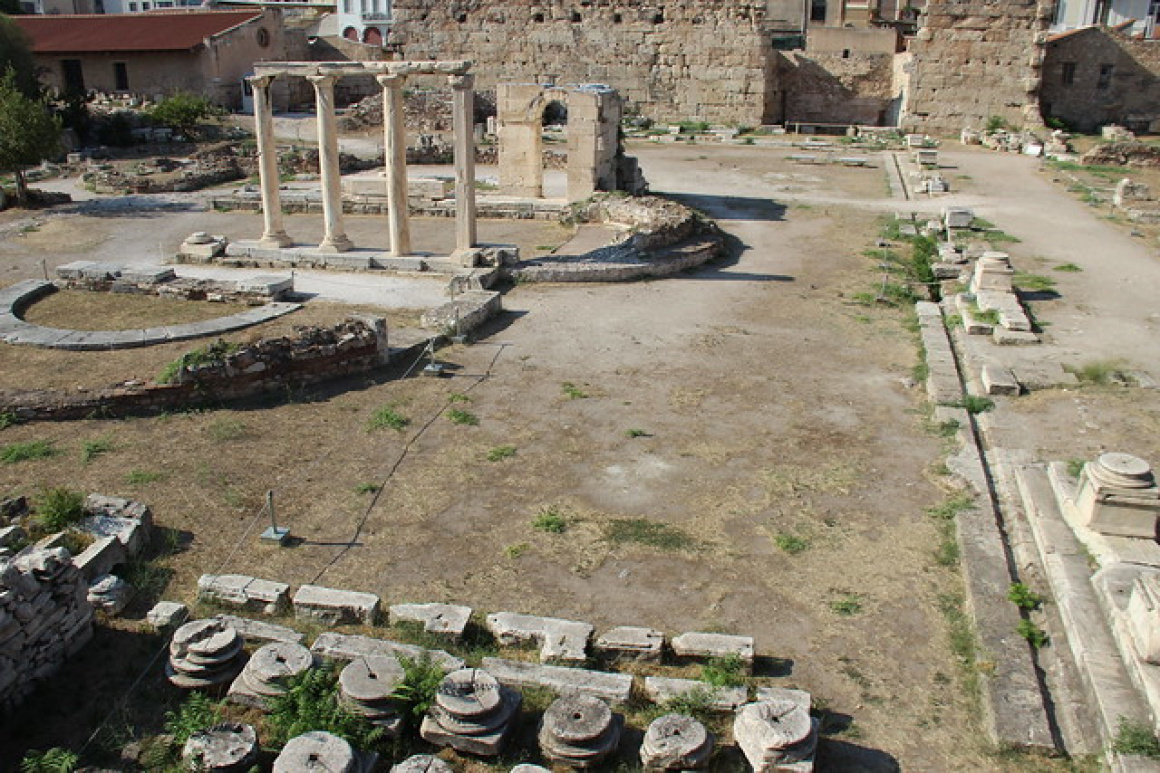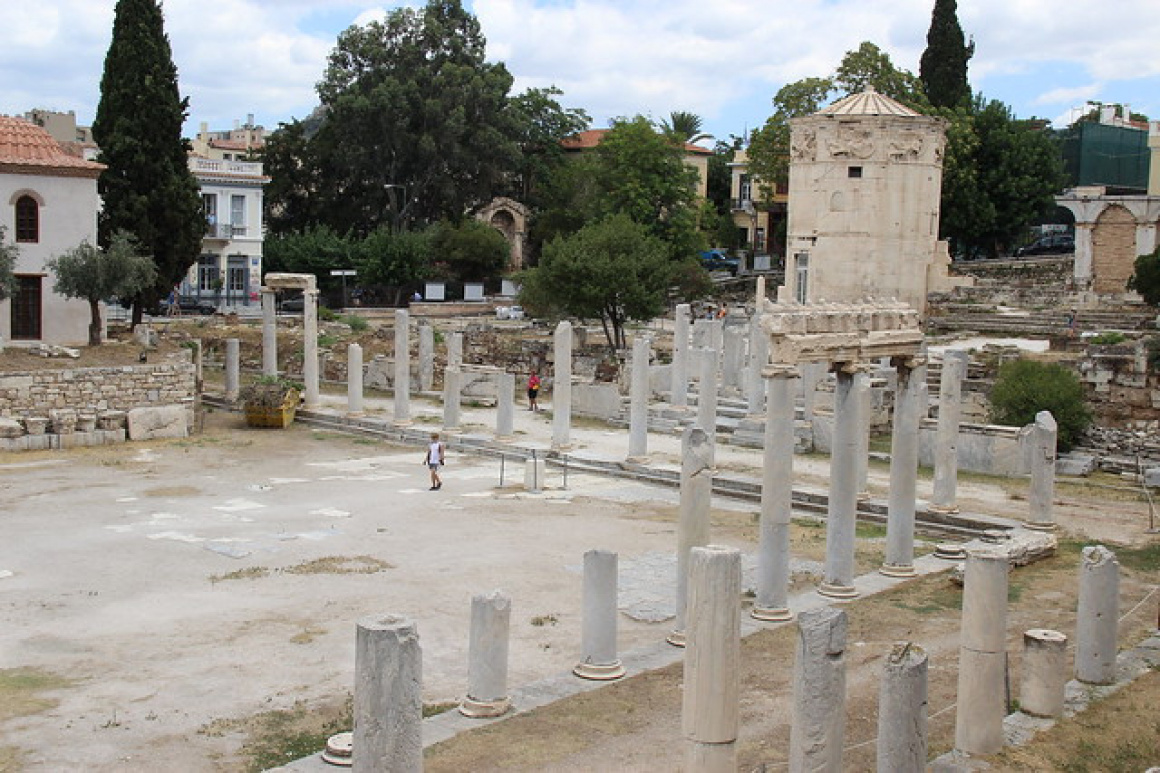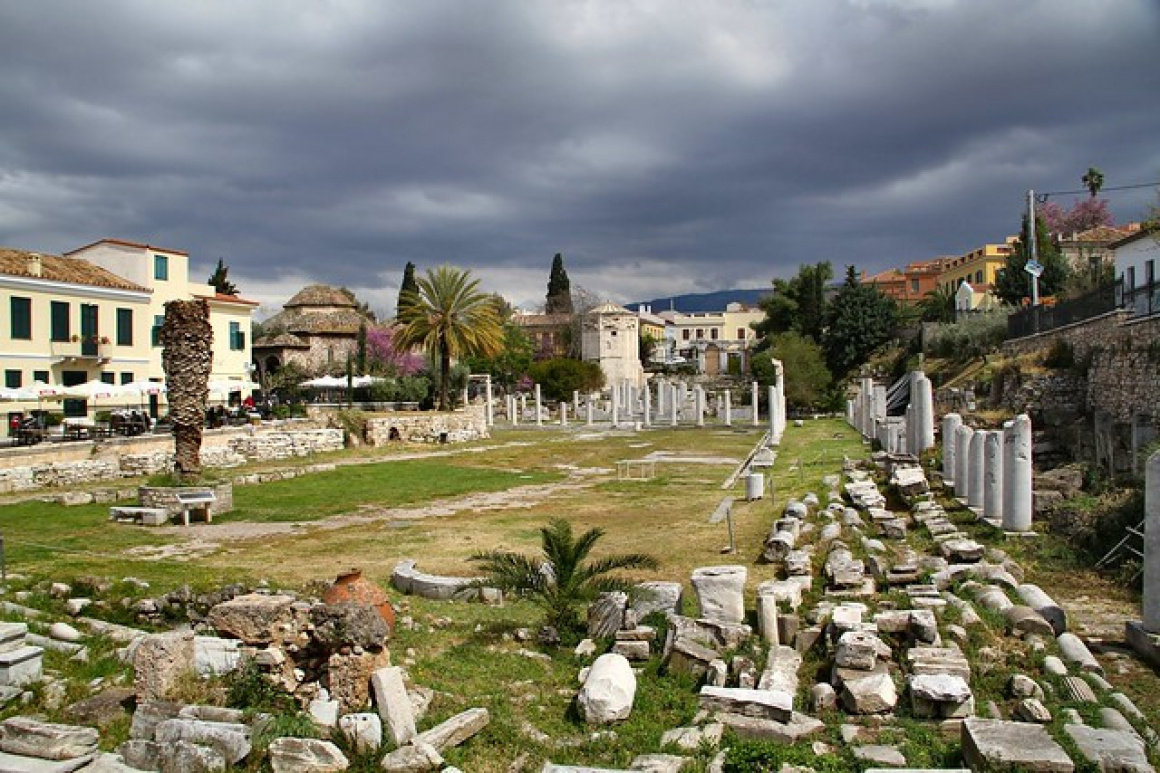Set just a short walk from bustling Monastiraki Square and the charming narrow lanes of Plaka, the Roman Agora is a site that frequently flies under the radar when travellers focus on more famous ancient landmarks. Yet, for those who step through its entrance, the Roman Agora reveals an intriguing side of Athens shaped by the Roman Empire’s presence in the city. You’ll walk among the ruins of a once-thriving commercial centre, where merchants hawked their wares, Roman officials conducted business, and life unfolded under marble colonnades.
A Glimpse into Roman-Era Athens
Unlike the Ancient Agora, which predates it and is often more crowded, the Roman Agora was specifically commissioned by Julius Caesar and completed under Emperor Augustus. Thanks to its Roman roots, the architectural style distinctly differs from its Classical Greek neighbours. You’ll spot columns with Corinthian capitals framing what used to be the central courtyard, hinting at the grand visions the Romans had for Athens as a cultural jewel in their empire.

 'Athens Roman Agora' - Attribution: Gary Lee Todd, Ph.D.
'Athens Roman Agora' - Attribution: Gary Lee Todd, Ph.D.One of the site’s most famous structures is the Tower of the Winds, an octagonal marvel that served as a water clock, sundial, and weathervane, arguably one of the first multi-purpose meteorological stations in history. Each facet of the tower is adorned with stone carvings of the eight wind deities, making it a spectacular monument to ancient engineering. Keep an eye out for remnants of the fountain infrastructure around the tower, a subtle reminder of how the Romans harnessed water for both ornamental and functional purposes.
Exploring the Roman Agora and Beyond
The Tower of the Winds, located in the Roman Agora, is a fascinating ancient clocktower and one of Athens' lesser-known gems. Nearby, the Fethiye Mosque, an Ottoman-era structure, stands on the western side of the Roman Agora, offering a glimpse into the city’s layered history.
Visiting the Roman Agora in the late afternoon is highly recommended. The sunlight casts a golden glow on the marble columns, creating a serene atmosphere perfect for exploration. Afterwards, take a short stroll to Adrianou Street, a historic thoroughfare lined with traditional kafeneia (coffee shops). Here, you can enjoy authentic Greek coffee while soaking in the lively ambience of one of Athens' oldest neighbourhoods.
This area is a must-visit for history enthusiasts and those looking to experience the quieter, more reflective side of Athens beyond its major landmarks.
Linking Past and Present
If you’re keen to explore more of ancient Athens’s hidden depths, a short walk away stands the remains of Hadrian’s Library, another Roman legacy that once housed a vast collection of scrolls. Pairing these two sights not only enriches your understanding of how Athens evolved under Roman rule but also offers a deeper appreciation for the patchwork of history that lines the city’s streets.

 'Roman Agora Near Athens Acropolis' - Attribution: Gary Lee Todd, Ph.D.
'Roman Agora Near Athens Acropolis' - Attribution: Gary Lee Todd, Ph.D.Visiting the Roman Agora is a reminder that Athens doesn’t rest solely on its Classical Golden Age laurels. Layers of history—Ancient Greek, Roman, Byzantine, and beyond—overlay the city, each leaving behind its own marvels. These echoes of a global empire are often overshadowed by iconic spots like the Acropolis and Parthenon, but they form a rich tapestry that makes Athens endlessly fascinating.
From a native’s point of view, the Roman Agora is that friend who quietly listens in a crowd but, once you strike up a conversation, turns out to have the most captivating stories. Stand beneath the Tower of the Winds, feel the breeze that once dictated the daily rhythm of the city, and you’ll begin to sense another dimension of Athens, one that’s ours to share, if only you take the time to explore.


